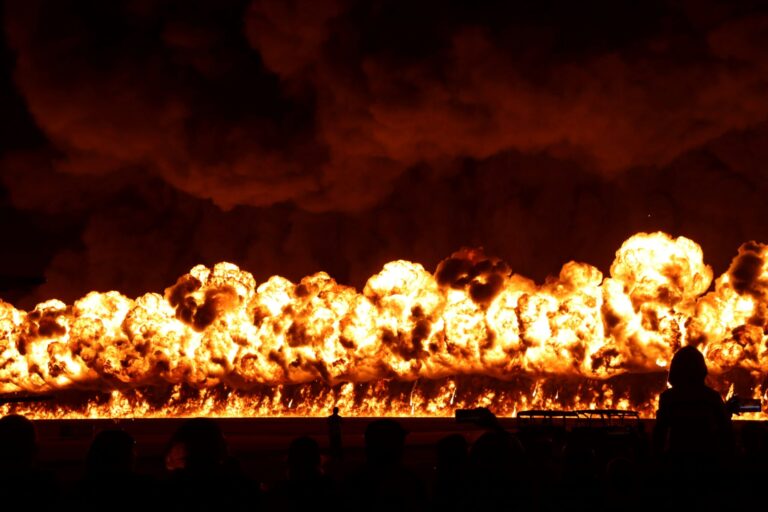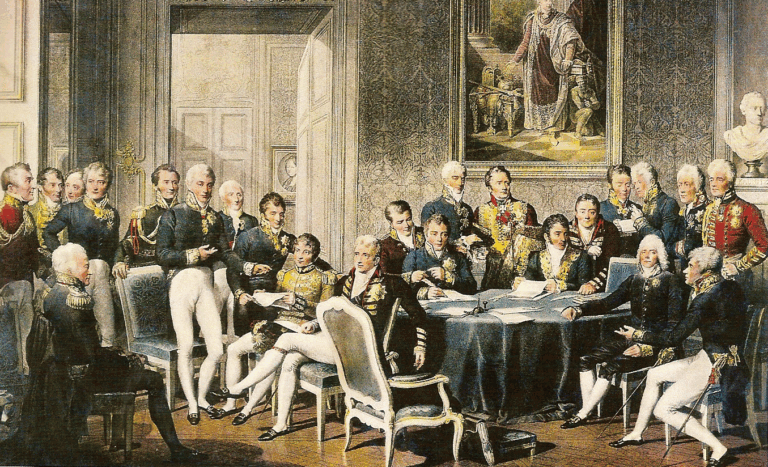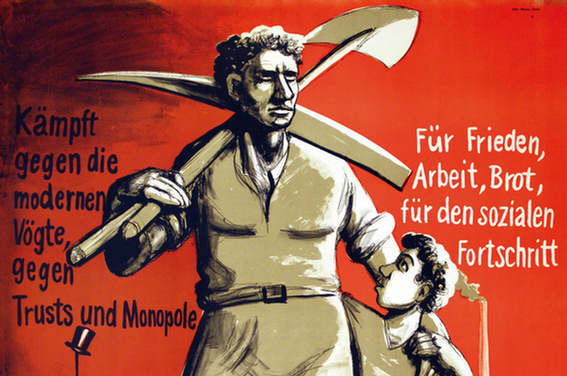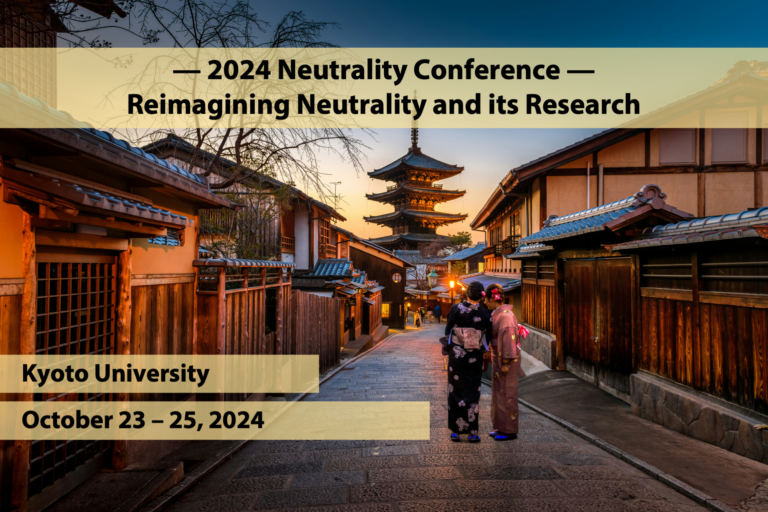Russo-African Relations
On December 12, 2023, Turkmenistan celebrated the 28th anniversary of its neutrality. Since the UN General Assembly adopted a special resolution on Turkmenistan’s Permanent Neutrality in 1995, the principle has become a key feature of Ashgabat’s foreign policy, squaring several geopolitical circles for the young state. A geopolitically difficult position.








